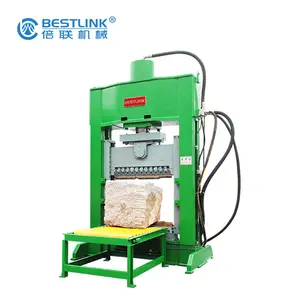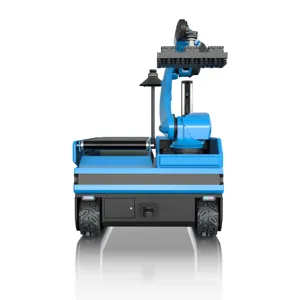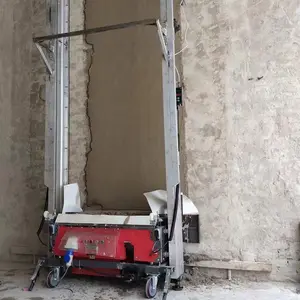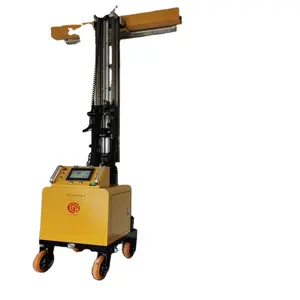The construction industry has witnessed a significant transformation with the integration of modern technologies. Innovations such as Building Information Modelling (BIM), which now serves as a standard in construction processes, have played a pivotal role in this evolution. The development of BIM has progressed to include various dimensions, from 3D to 7D, enhancing the planning, design, and management of construction projects. Additionally, digital tools like virtual and augmented reality have become more accessible, offering immersive visualizations that facilitate remote site inspections and improve safety and collaboration among teams.
Technological advancements have also introduced sophisticated tools like drones, which provide real-time aerial imagery and 3D lidar scans, revolutionizing traditional construction methods. The adoption of blockchain technology in the sector has brought about improved cost management and efficient procurement strategies. Moreover, the emergence of digital twins allows for the simulation of building prototypes, predicting and informing decisions based on real-world conditions, thus minimizing operational issues.
The industry has also seen the rise of 3D laser scanning technology, which is known for its precision in surveying and mapping, aiding in project inspection and safety. The use of 4D simulations is another leap forward, optimizing time and cost for both onsite and offsite projects. These technological trends, including the use of 3D printing for creating three-dimensional structures from digital models, are reshaping the construction landscape, setting the stage for innovative solutions like wall plastering robots.

































 浙公网安备 33010002000092号
浙公网安备 33010002000092号 浙B2-20120091-4
浙B2-20120091-4